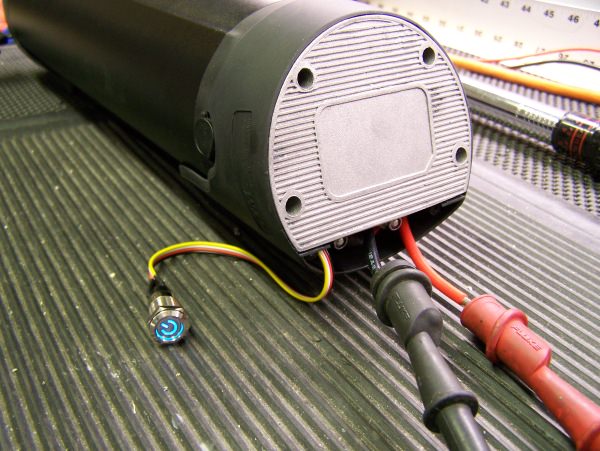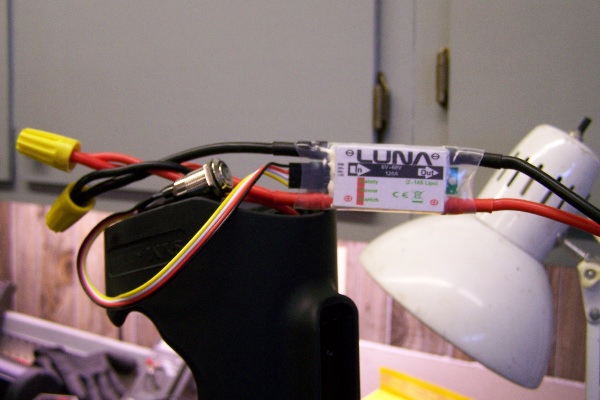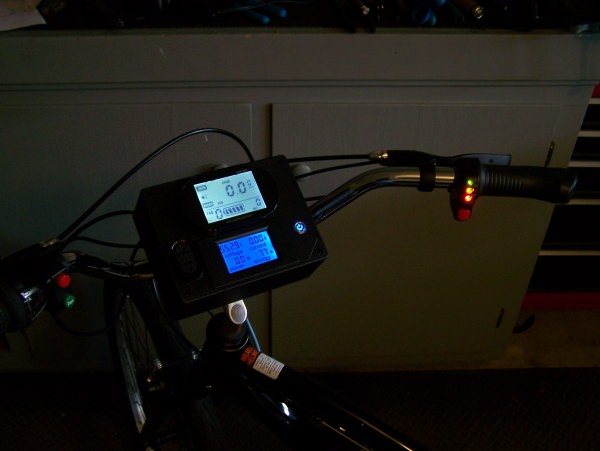DogDipstick
100 kW
"there is such a thing a "derating" and whatnot... " .. is what I insinuated. Not exclusive to a single point...
Argument with idiots are not very productive, honestly.. but still worth the amusement. Most cannot get past the communication. Like listening to a overtly safe engineer with a budget. Boring.
I am basing my "whatever" on Breakdown voltage, Dielectric Withstanding Voltage (DWV), Working voltage, and the gap distance.. Nothing to do with the current capacity or temperature?
Whatever. Current capacity ad Working voltage have little to do with each other.
serious_sam said:Derating is the opposite of what your talking about. You're trying to use a component over its rated voltage. Derating is reducing the rating of a component. Not increasing. SMH. (YOU MISSED THE "AND WHATNOT".. but thanks for the educational rant on current derating. ) SMH!
https://en.wikipedia.org/wiki/Derating
You know what, I've been sucked into arguing with an idiot,
Argument with idiots are not very productive, honestly.. but still worth the amusement. Most cannot get past the communication. Like listening to a overtly safe engineer with a budget. Boring.
I am basing my "whatever" on Breakdown voltage, Dielectric Withstanding Voltage (DWV), Working voltage, and the gap distance.. Nothing to do with the current capacity or temperature?
Whatever. Current capacity ad Working voltage have little to do with each other.




